Native Snails and Fungi
I found this small native snail, Stenacapha ducani, some time ago while photographing fungi at a local reserve. It is only 7 or 8 mm wide. A local malacologist informed me that they can grow up to 15mm in my area and in some places reach 20mm. It can be seen here feeding on the fungus, Gymnopilus sp.
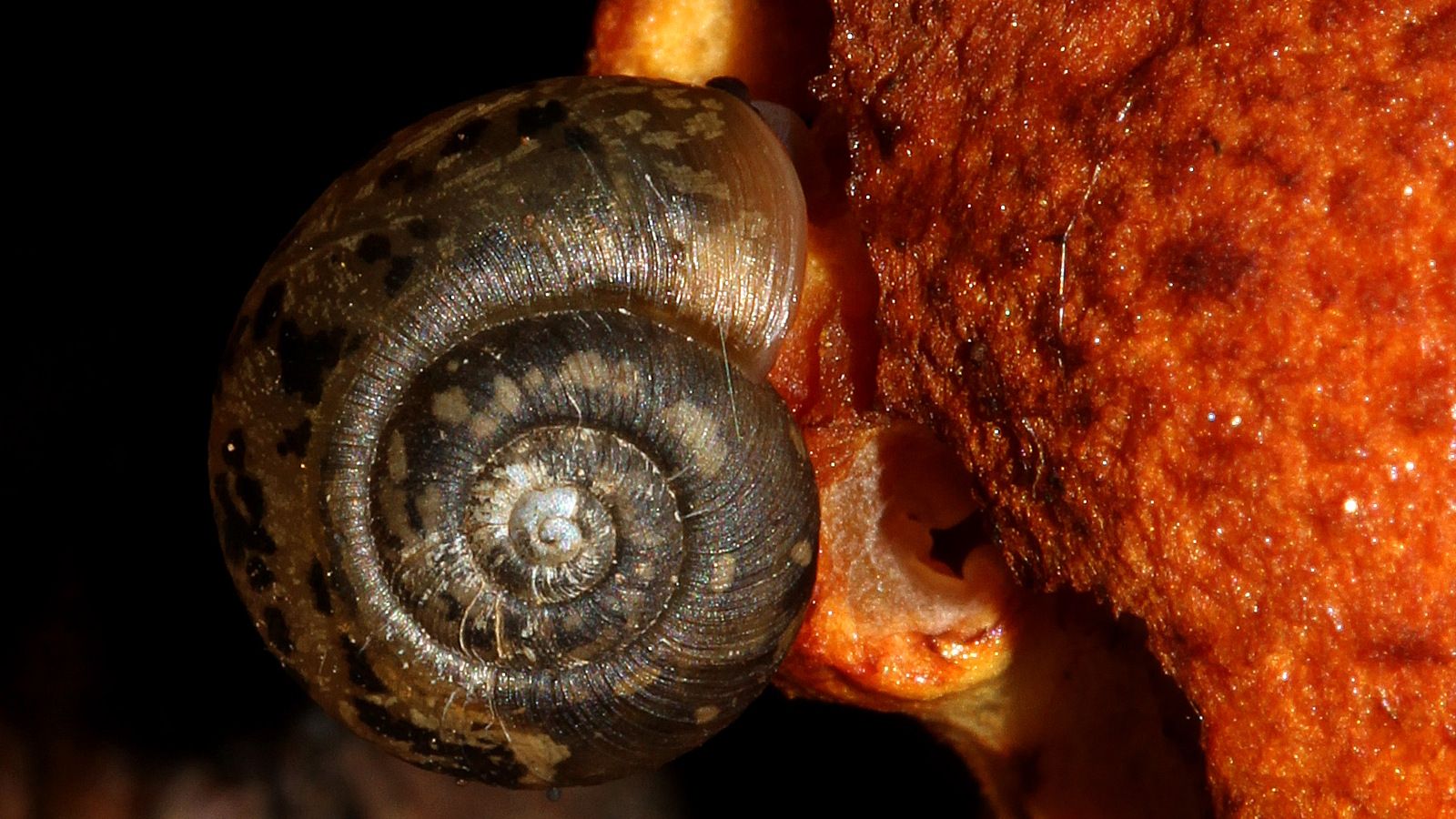

...and here is a very similar snail I found at the same location. However, this is actually a different species named Stenacapha hamiltoni. Both feed on fungi.
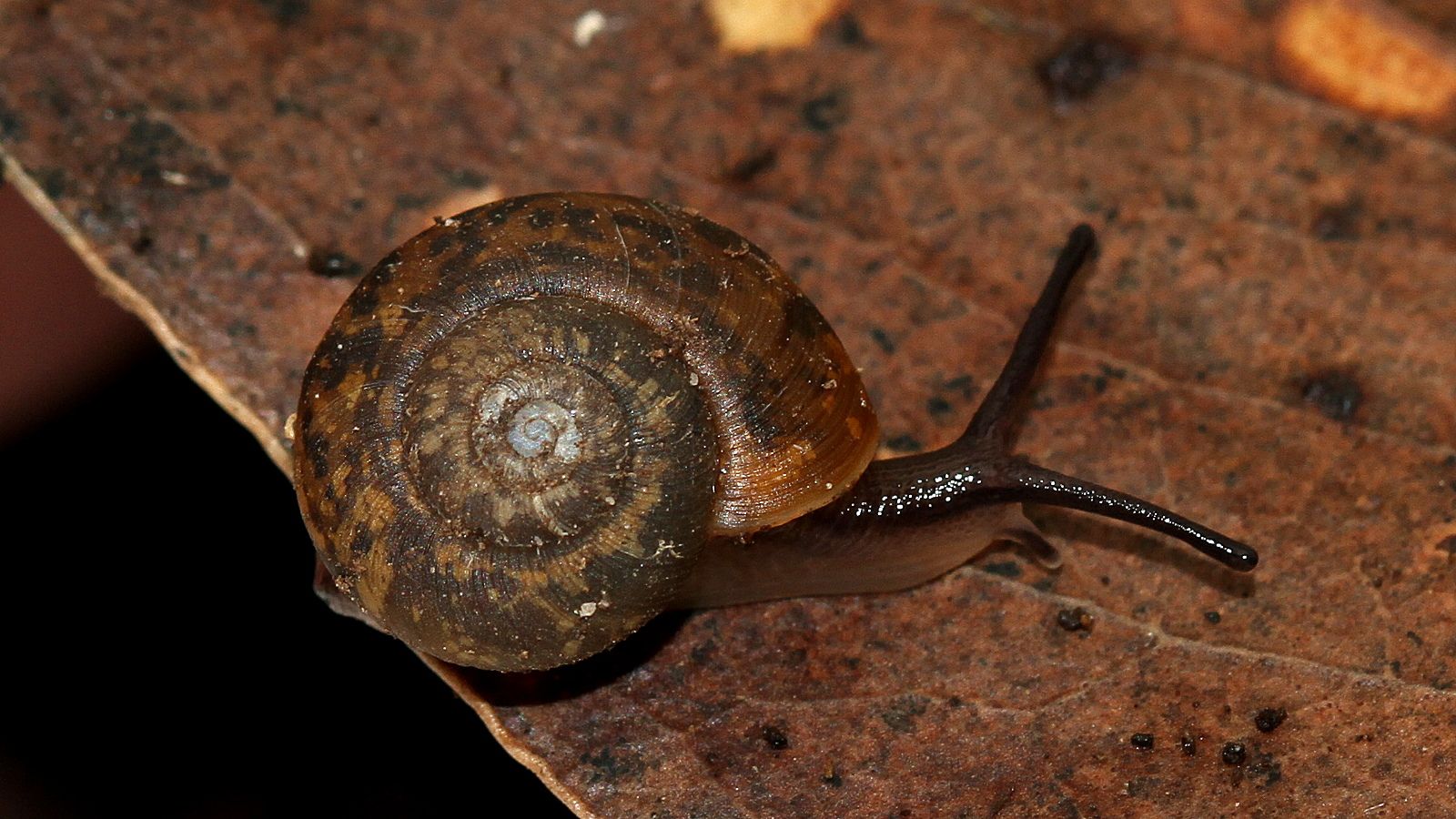

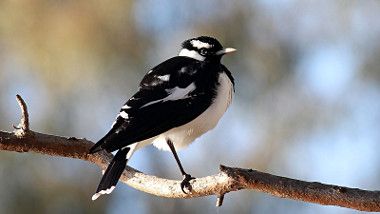
The Magpie Lark 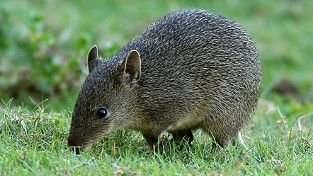
Southern Brown Bandicoot ...or should it be a Bandi Cute 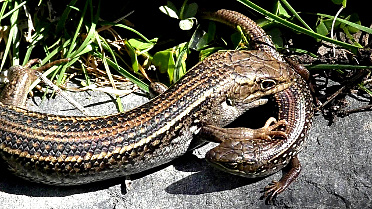
Lizards Fighting and Hunting 
Praying Mantis |
I finished high school, moved to Nashville for college, and set out to break into the music business. Every night when I called home with news of my experiences, my mom and dad would encourage me to keep taking those small steps.
Great macros , man I wish I could get insects and snail macros this good , I do my best macros with flowers and leaves. But have been practicing on insects :)
Thanks ...Your photos are fine. I have plenty of really bad shots that I won't even show anyone :-)
It is like a game with those tow "Find 10 differences". They just look so alike!
Yes it's a bit like that. I would not have noticed the differences with these had it not been pointed out to me by a snailologist (malacologist)
What are the differences then?
Snailologist must be very exciting profession :)
Here is an excerpt from his email:
Thanks! Oh boy.. Such slight difference! I would never tell them apart :)
@mostly.nature got you a $1.55 @minnowbooster upgoat, nice! (Image: pixabay.com)
Want a boost? Click here to read more!